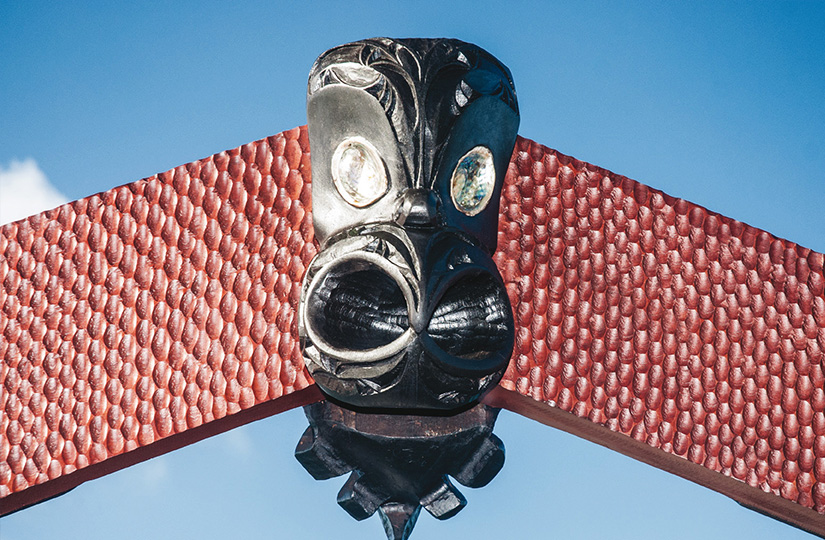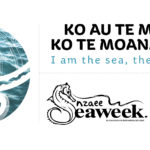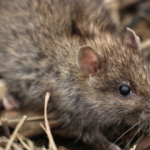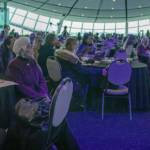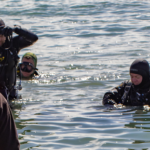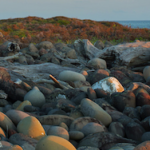Although recognised a national taonga, research has confirmed the decline in the health of the Hauraki Gulf/Tikapa Moana/Te Moananui a Toi. The most ambitious response to the pattern of decline documented in the latest State of our Gulf assessment is the Sea Change – Tai Timu Tai Pari marine spatial planning process. A partnership between mana whenua central and local government is working on creating the marine spatial plan designed to safeguard this treasure. At the core of the process is the Stake Holder Working Group (SWG) made up a range of members from mana whenua, community, environmental, commercial and recreational organisations. The SWG is working collaboratively to deliver a marine spatial plan for the Hauraki Gulf. Two years into its work the SWG is actively realising opportunities for mana whenua to explore ambitions and management potential in Tikapa Moana/Te Moananui a Toi.
Mana whenua are key partners across the Sea Change – Tai Timu Tai Pari project. Twelve representatives were selected from across the Hauraki Gulf region to represent mana whenua interests. Eight mana whenua representatives are members of the co-governance Project Steering Group (PSG) and four representatives are members of the Stakeholder Working Group.
The mana whenua view of the marine spatial plan process as “a device to track beneficial change and movement toward a mutually beneficial outcome” and that it is “about today, tomorrow and our futures, and includes culture, history, commerce, society and environment” are views doubtless shared by many.
The mana whenua representatives make up the Mātauranga Māori Representative Group (MMRG) to guide and work with the SWG as the marine spatial plan is being drafted. MMRG’s goal is to provide the SWG with a mātauranga Māori context for each of the plan’s topics and ensure tikanga and mātauranga Māori are incorporated alongside scientific practices and world views.
Tikanga is drawn from tika,meaning correct, true, just, fair, lawful, proper and is the customary system of values and practices that have developed over time that are deeply embedded in the social context. Tikanga can mean correct procedure, custom, habit, lore, method, manner, rule, way, code, meaning, plan, practice, convention, protocol (www.Māoridictionary.co.nz).
Mātauranga Māori describes the body of knowledge originating from Māori ancestors, including Māori world view and perspectives, Māori creativity and cultural practices (www.Māoridictionary.co.nz), the unique Māori way of viewing the world, encompassing both traditional knowledge and culture (Waitangi Tribunal 2011) and the knowledge, comprehension, or understanding of everything visible and invisible existing in the universe (www.landcareresearch.co.nz). Mātauranga Māori, both the knowledge and the approach, is the culmination of over 600 years of living within and part of the ecosystem and generated using techniques consistent with the scientific method. It comprises an empirical method for generating knowledge and all of the knowledge generated according to that method, including systematic observation, measurement and experimentation. Therefore tikanga and mātauranga Māori have a significant amont of value to add to the marine spatial plan process. A mātauranga Māori hui to inform the Sea Change – Tai Timu Tai Pari project was organised by Paul Majurey on behalf of Mana Whenua and held in the Hotunui meeting house at Tamaki Paenga Hira / Auckland War Memorial Museum on 21 July 2014. Presentations were given by His Honour Justice Joe Williams on findings within the Waitangi Tribunal report Ko Aotearoa Tēnei and Dr Shaun Awatere on mātauranga Māori for planning and policy.
Mana whenua have created a vision “Kia mau ki te mauri o te Taiao o Tikapa Moana, Te Moananui a Toi – Enhance the mauri of the Hauraki Gulf” the endorsement of the vision by the SWG is a clear demonstration of how mana whenua tikanga and mātauranga is valued in this process.
The MMRG created a document He Taonga Papanga Pounamu, drawn primarily from iwi environmental plans it is intended to be a document that is of use to mana whenua and to contribute positively to the marine spatial plan. It will contain a set of objectives and policies specifically for mana whenua but also pertaining to SWG issues:
“A partnership document with key issues interwoven into the Sea Change – Tai Timu Tai Pari Marine Spatial Plan”.
The Sea Change – Tai Timu Tai Pari process reflects effective co-governance with iwi and recognises and values mātauranga Māori. He Taonga Papanga Pounamu, a spatial document, will be derived from science and iwi environmental plans, the latter derived from mātauranga Māori, generated, tested and proven over 600 years.


